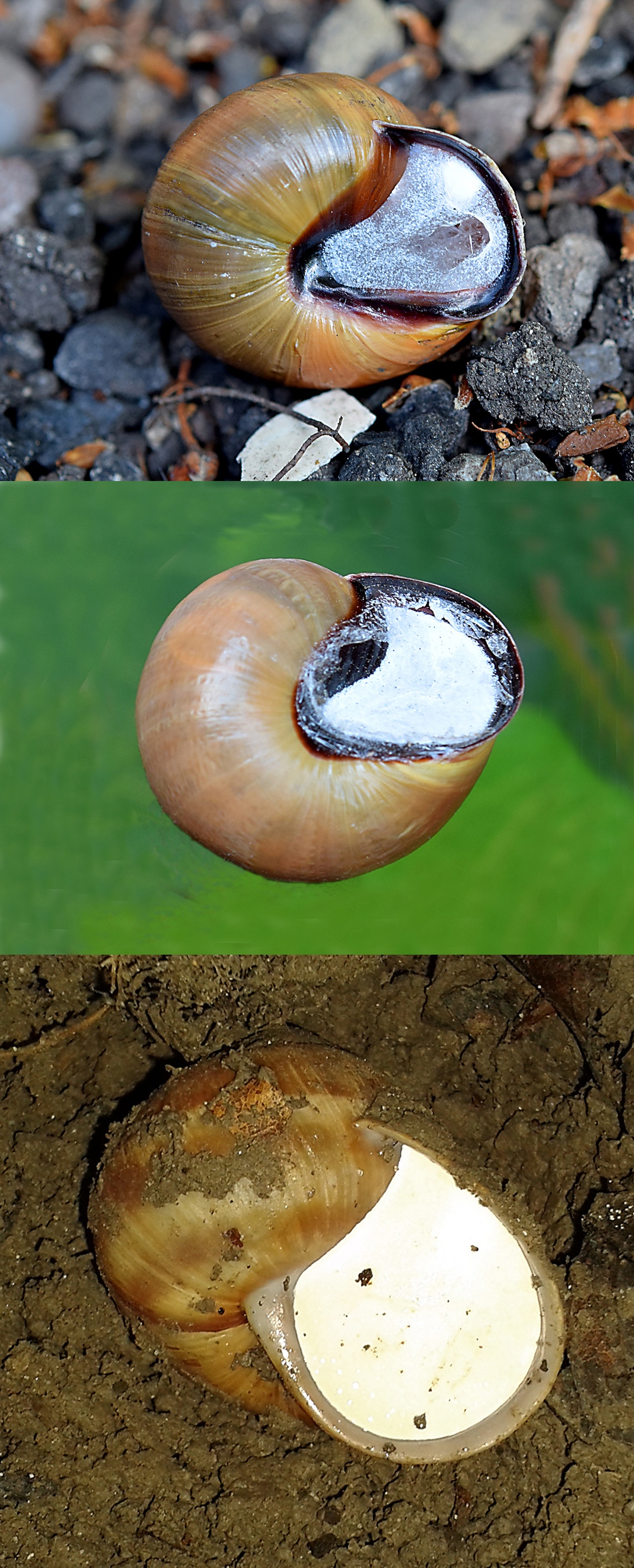In winter, slugs look for heat-buffered hibernation areas where temperatures rarely drop below 0 ° C. These are usually underground and provide protection from the worst winter frosts.
Do snails and slugs die in winter?
Temperatures up to 14 degrees Fahrenheit (-10 degrees Celsius) are fine for elastic slugs such as Spanish slugs. Most snails and slugs die only if they are very frozen for a long period of time. Many slugs and snails can survive the colder months. They hide themselves and their eggs in a sheltered place. June. 2018
Will snails die in winter?
Some snails hibernate during the winter (usually from October to April in the Northern Hemisphere). They may also aestivate in the summer in drought conditions. To stay moist during hibernation, snails seal their shell openings with a dry layer of mucus called epifram.
Where do snails go during the winter?
Therefore, most snails remain inactive underwater. Some people gather in the gaps between rocks or hide in rotten logs. Some species are annuals and only eggs or very small babies survive during the winter.
Where do slugs and snails go when they are dry?
Slugs and snails are mollusks and require a moist environment to survive. Slugs breed in moist soil and plant debris and recede deep into the soil when the weather is dry. Snails maintain moisture levels by entering the shell.

Below you will find two helpful answers on a similar topic. 👇
What temperature do snails thrive in?Are snails sensitive to temperature?
